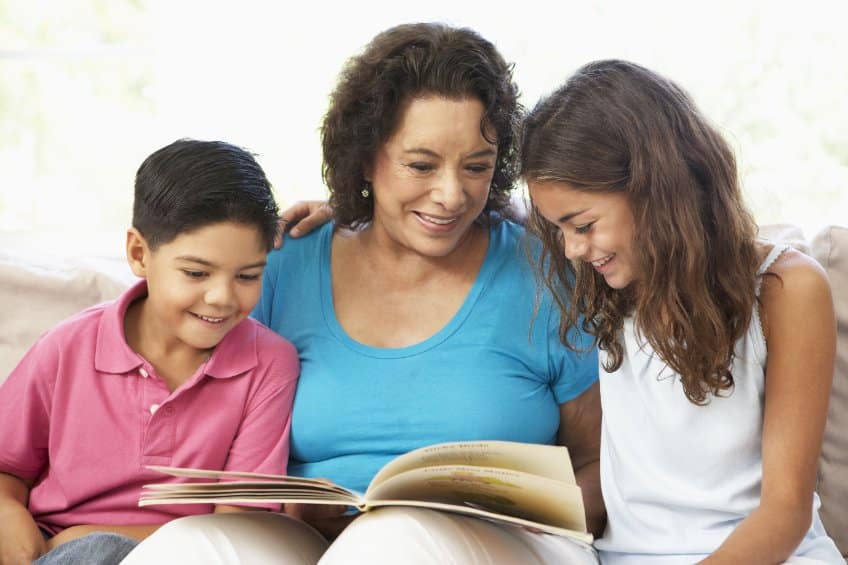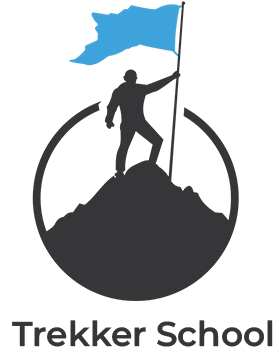9 Reading Milestones for 9-Year-Olds (3rd grade)

Feelings of excitement and pride await you as your 9-year-old child learns to read. How do you know that they’re on the right track? There are 9 significant reading milestones a 3rd grader should complete to ensure that they are on the right track to becoming a successful reader.
Follow along for the 9 specific milestones a 9-year-old should meet.
1. Clearly Articulate and Express Words Aloud
Most schools will measure a child’s reading ability. The Children’s Reading foundation has a goal for 90% of 3rd-grade students to be within or above the 3rd-grade reading level. It took years for school districts throughout the United States to reach these goals. The goals were met by the schools which had determined administration, parents, and communities. The teacher worked efficiently to accurately test the students reading abilities and set small goals for improvement.
Children in 3rd grade should be able to read between 80-90 words a minute at the beginning of the academic year. It is the goal to have them read 120 words a minute by the end. (Source)
About 3-4 months into the school year, the child should be able to read 100 words per min. About 9-10 months into the year they should be at 120. (source)
3rd-grade teacher, Tiffany Ashcraft, has been a 3rd-grade teacher for 3 years. She says that the 2 major things that teachers and other school leaders look at for students to be considered on grade level in their fluency and accuracy. Fluency is how many words per minute a student can read and accuracy is how many words a student can read correctly. 3rd-grade students should be able to read 80 words at a 3rd-grade level passage in 1 minute with a 95% accuracy. It should progress to 100 words per minute with a 97% accuracy by the end of the school year.
2. Read Longer Books On Their Own

A book called “How to Be a Lion” by Ed Vere is a recommended book for a 3rd grader to read. (source) It is about a Lion choosing not to “chomp” his bird friend Marianne even when those around him are telling him he should. The book has illustrations and words on each page. It rhymes some of the time.
The words are about 3-7 characters long. The phrases give the reader many opportunities to use different tones of voice, such as “roar!” and “chomp!” Many words are repeated. The book teaches lessons about standing up for yourself and your friends.
The Children’s Reading foundation has found that reading with a child for 20 minutes a day will benefit them in many ways. For example, it can help kids get more excited about school. It can also help them be socially and emotionally confident. Parents who read with their children also tend to have a stronger connection with them. (source)
3. Using New Words and Phrases That They Hear or Read
As soon as a child is able to read, they should be learning new words. 3 year-olds are at an age where they are learned lots of new words, and they are getting bigger.
When a child can understand the humor written within a text, you know that they have the capability to make sense of what they read in their head. This is an important milestone for a 9-year-old because as they progress into 4th grade they will need that level of comprehension.
Listen and pay attention to the words the 9-year-old says. As they are progressing in their reading they should be using the words they read in their books.
4. Read to Find Certain Information
While children are learning the alphabet and how different let’s connect to make different sounds, once they are in 3rd grade they should be able to start looking beyond the letters. They should start learning what the words are saying. They should be learning how to explain what they are reading in their own words.
As the child grows older they will need to read articles for their research projects. They need the ability to analyze and extract the needed information in order to find information on a certain topic. 3rd graders are beginning the very first steps of research as they read.
5. Understand the Structure of Stories
Each story has a certain structure. There are characters, settings, and more. Stories contain rising action and a climax. Third graders will be new to the different descriptive terms but they should be able to read a 3rd-grade level book and be able to re-tell it to you in a way that makes sense.
6. Learn and Understand Special Texts Such as Poetry

3rd grade is a good time to start introducing new and simple kinds of writing. Eventually, they will be able to read different genres of writing such as newspaper articles, resumes, cover letters, and more.
There is a child’s book about poetry called “Something Must Rhyme With Orange.” It is a book that simplifies poetry and encourages young writers to write poems. It is a great book for 3rd graders to read in order to understand and prepare to write poetry.
7. Relate Objects to Each Other
How does a table relate to a chair? How does a fire hydrant relate to a hose? 9-year-olds should be able to read about different objects and understand how they relate to each other. In different books, the authors will be relating different objects.
In the book Charlotte’s Web, a 3rd grader would be able to relate the animals and objects in a barn to one another. It should make sense to them that there is a sheep and a pig in the story because the story takes place on a farm.
8. Research and Write for a Specific Topic
Kids learn about the different founding fathers, volcanoes, insects, and more. They will learn how to gather information on a certain topic and teach others through their writing.
A 9-year-old will be new at this so there is no need to panic if this is a challenge for them. They should simply be able to choose a topic and find information about it through reading books. Whatever form of research they are capable of will work.
When a child can understand the humor written within a text, you know that they have the capability to make sense of what they read in their head. This is an important milestone for a 9-year-old because as they progress into 4th grade they will need that level of comprehension.
Reading brings so much knowledge to a person. As the 9-year-olds practice their reading it will prove to help them wise decisions in their lives. Good luck with helping those children read!
9. Identify Theme or Lesson
Stories vary greatly in purpose and posed themes, but accordingly, they are simple and direct in stories meant for children.
Themes typically are natured to be about simple morals, like the inclusion of others, not stealing, and telling the truth. These themes aren’t buried in dialogue or hidden in symbols but are generally said openly by the main character or narrator or a story.
An important goal of reading is to learn and improve yourself, a reachable task even for 9-year-olds. Asking for the theme will not always draw the desired answer, but asking questions like “what did the main character learn?” or “what was the main conflict of the story?” should be easy and simple enough to draw the author’s intent from the story.
